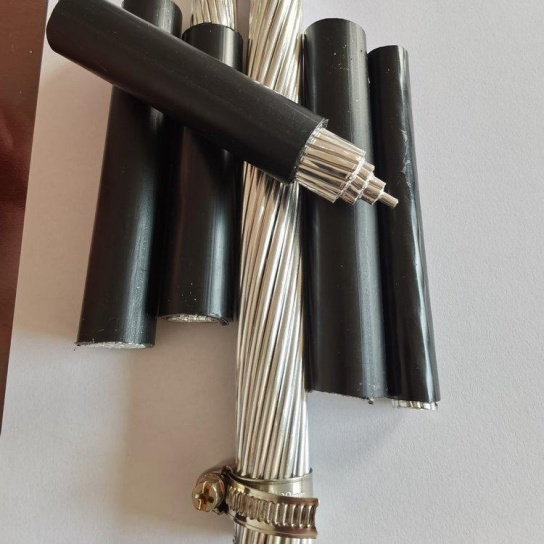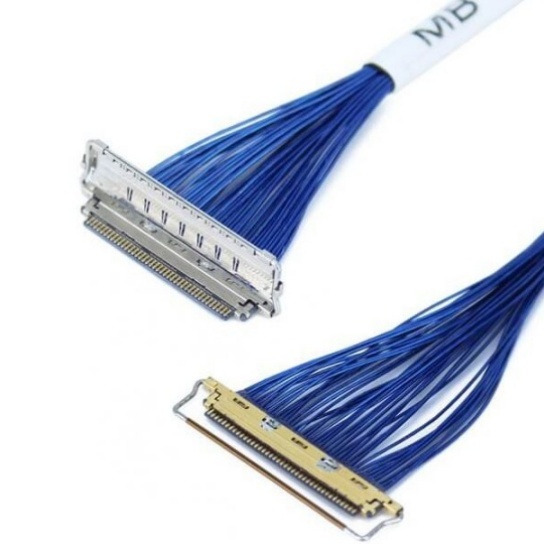Carbon Fiber Aviation Cables Revolutionize Flight Efficiency
Introduction
The aviation industry is soaring into a new era of innovation, driven by advancements in materials science. Among the most groundbreaking developments is the adoption of carbon fiber aviation cables, which are transforming aircraft design and performance. These lightweight, ultra-strong cables are redefining flight efficiency, reducing fuel consumption, and enhancing sustainability. In this article, we explore how carbon fiber cables are revolutionizing aviation and why they are critical to the future of air travel.
Why Carbon Fiber Aviation Cables?
Traditional steel cables have long been the backbone of aircraft control systems, but their weight and susceptibility to corrosion pose limitations. Carbon fiber cables offer a superior alternative with unmatched benefits:
- Lightweight Design: Carbon fiber cables are up to 70% lighter than steel counterparts, significantly reducing overall aircraft weight. This translates to lower fuel burn and reduced greenhouse gas emissions.
- Exceptional Strength: Despite their lightness, carbon fiber cables boast a tensile strength 5x greater than steel, ensuring reliability in critical flight operations.
- Corrosion Resistance: Unlike metal cables, carbon fiber is impervious to rust and degradation, even in harsh environments, extending service life and lowering maintenance costs.
- Enhanced Flexibility: Their flexibility allows for smoother operation in control systems, improving maneuverability and pilot responsiveness.
Impact on Flight Efficiency
The shift to carbon fiber cables directly addresses aviation’s urgent need for fuel efficiency and sustainability. For example:
- A 10% reduction in aircraft weight can cut fuel consumption by up to 5%, saving airlines millions annually.
- Lighter cables reduce stress on engines and structural components, prolonging aircraft lifespan.
- Lower fuel use aligns with global emissions targets, such as the International Air Transport Association’s (IATA) goal of net-zero carbon by 2050.
Case studies from leading manufacturers like Boeing and Airbus highlight how carbon fiber integration in flight control systems has improved performance in next-gen aircraft like the 787 Dreamliner and A350 XWB.
Applications Beyond Flight Controls
Carbon fiber cables are not limited to primary control systems. Their versatility extends to:
- Landing gear mechanisms: Faster retraction and reduced wear.
- Cargo securing systems: Enhanced load management without added weight.
- Emergency systems: Reliable deployment of safety features like evacuation slides.
Challenges and Future Outlook
While carbon fiber cables offer transformative benefits, challenges remain:
- Higher upfront costs compared to steel.
- Specialized manufacturing requirements to ensure quality and consistency.
However, as production scales and technology advances, prices are expected to drop. Analysts predict the global carbon fiber market will grow at a CAGR of 10.2% from 2023 to 2030, driven by aerospace demand.






